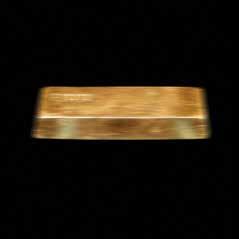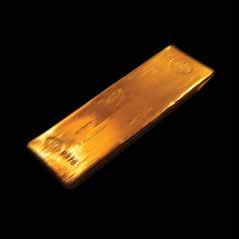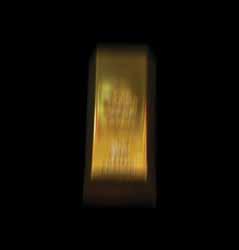ORO Editions

. . . . . . . . . . . . . . . . . . . . . . . . . . . . . . . . . . . . . . . . .


. . . . . . . . . . . . . . . . . . . . . . . . . . . . . . . . . . . . . . . . .
Guided by financial profitability, efficient building techniques have long been the hallmark of urbanizing processes.
As criticism of this framework, this project simulates efficient construction techniques with the true intention of enabling the emergence of a new urban nature.
Despite its use of industrialized and prefabricated building components, this factory triggers ground disturbances that create conditions appropriate for vegetal growth.
Through the use of assembly errors, induced cracks, absurd mismatches, missing components, and other building defects, this Factory of Ecology seeks the ground to collapse, the soil to erode, the water to flood, the snow to collect, and weeds to grow.
The frontispiece of the 1755 edition of Marc-Antoine Laugier’s well-known Essai sur l’Architecture was a print by Charles Eisen showing the muse of architecture pointing toward a structural clarity informed by the biological world.
At about the same time, Piranesi was drawing his now-famous etchings of Rome, where he romantically described visitors exploring and enjoying the ruins of classical architecture overgrown by vegetation.
A short time later, the picturesque emerged as a new aesthetic sensibility through texts, illustrations, and paintings that showed a newly developed taste for the abandoned and the dilapidated.
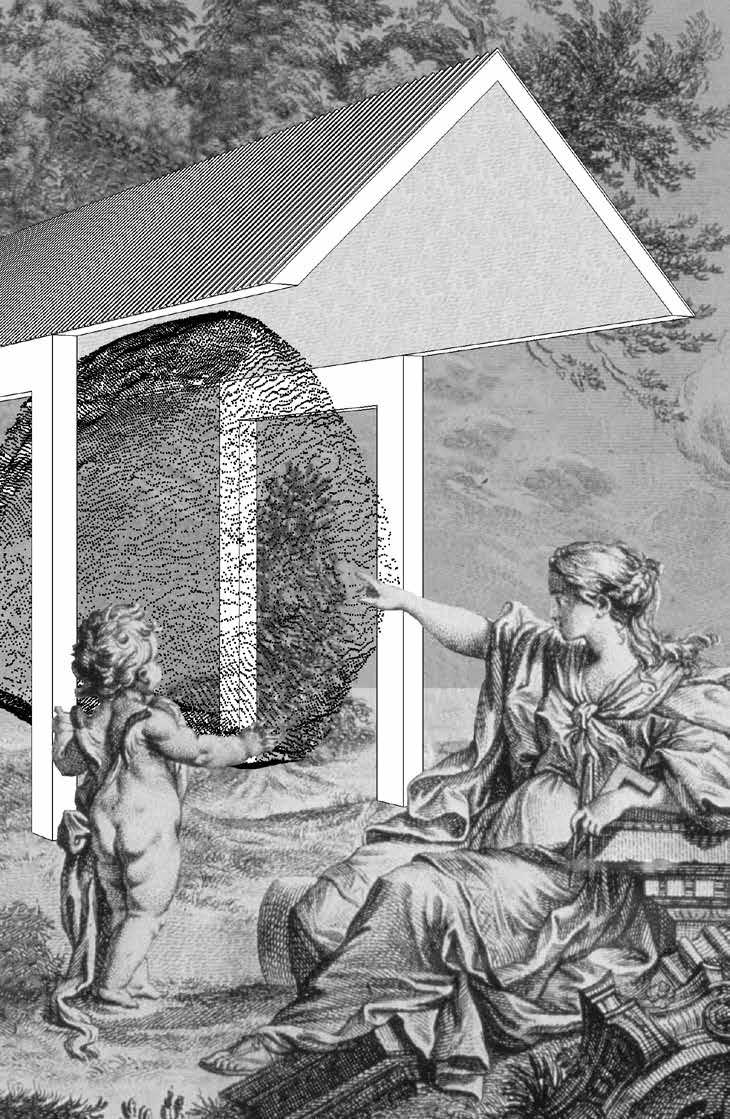
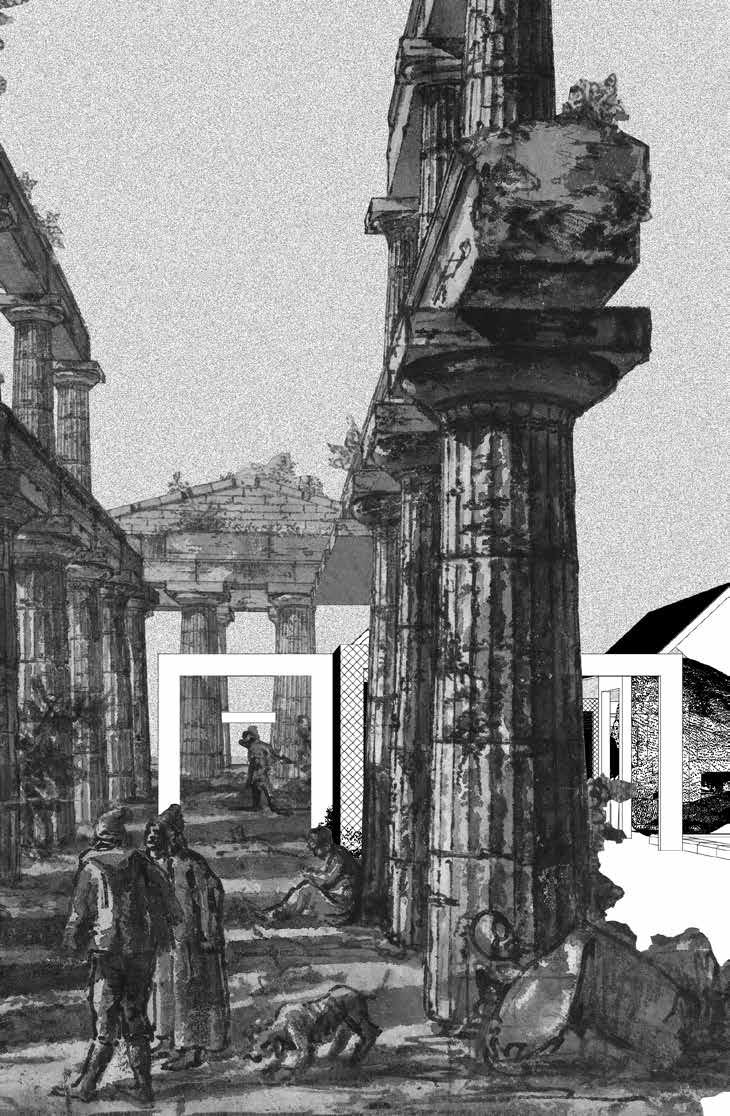
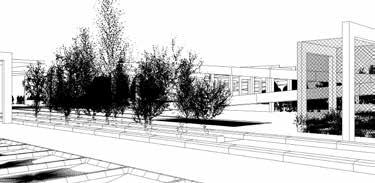

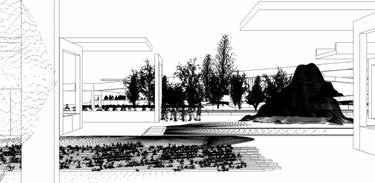
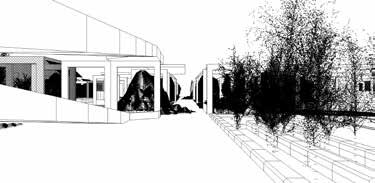

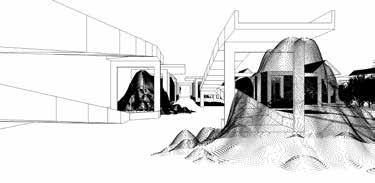
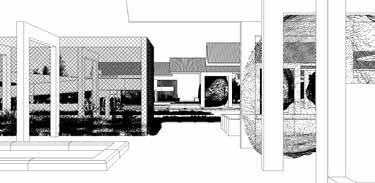
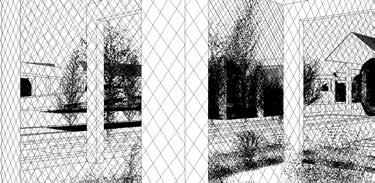
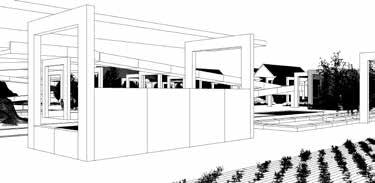
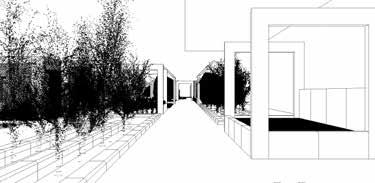
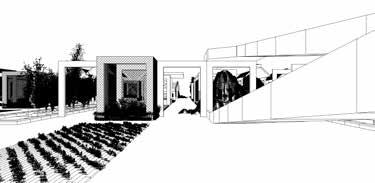



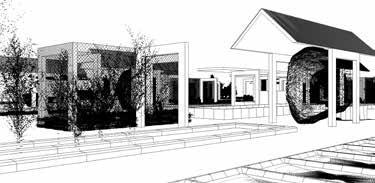

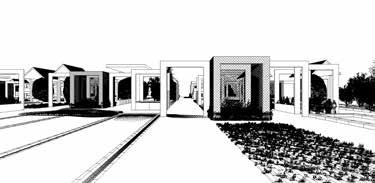
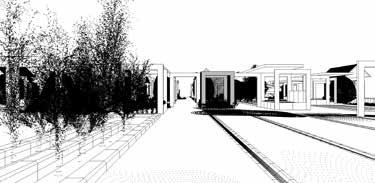
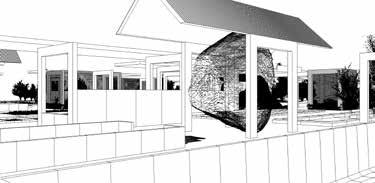

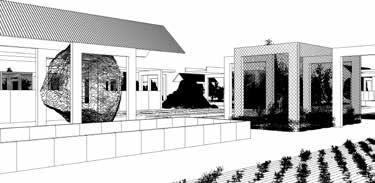
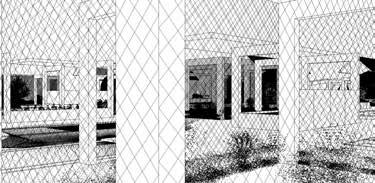
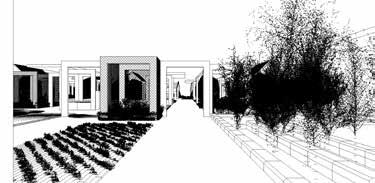
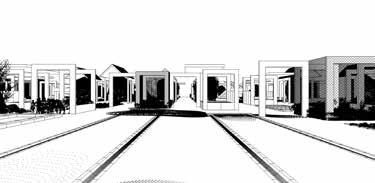
“Few tools have become as widely accepted in everyday life in recent years as cell phones. Keitai (“portable”), the shortened term for a cell phone, has come to mean much more than a portable communication terminal: the keitai has become an indispensable tool for constructing the infrastructure of everyday life; the term has taken on a greatly expanded significance to mean new lifestyle media. This spatial design competition seeks new proposals concerning the relationship between the urban environment and keitai in the near future. What sorts of conditions, forms, and environments will the “keitai city” exhibit?”35
35—From the competition brief of Keitai City DoCoMo International Architectural Design Competition, organized by ntt DoCoMo and a+u, Tokyo, Japan (October 2005).
In response to the competition’s question, this project proposes a playful and mobile infrastructure constructed through a portable device called zep.
A zep is nothing else than a seemingly innocent balloon with technological capabilities: an inflatable keitai holding a cell phone blocker, a fan, and an air heater that is capable of jamming a cell phone’s signal, eliminating its reception within various ranges.
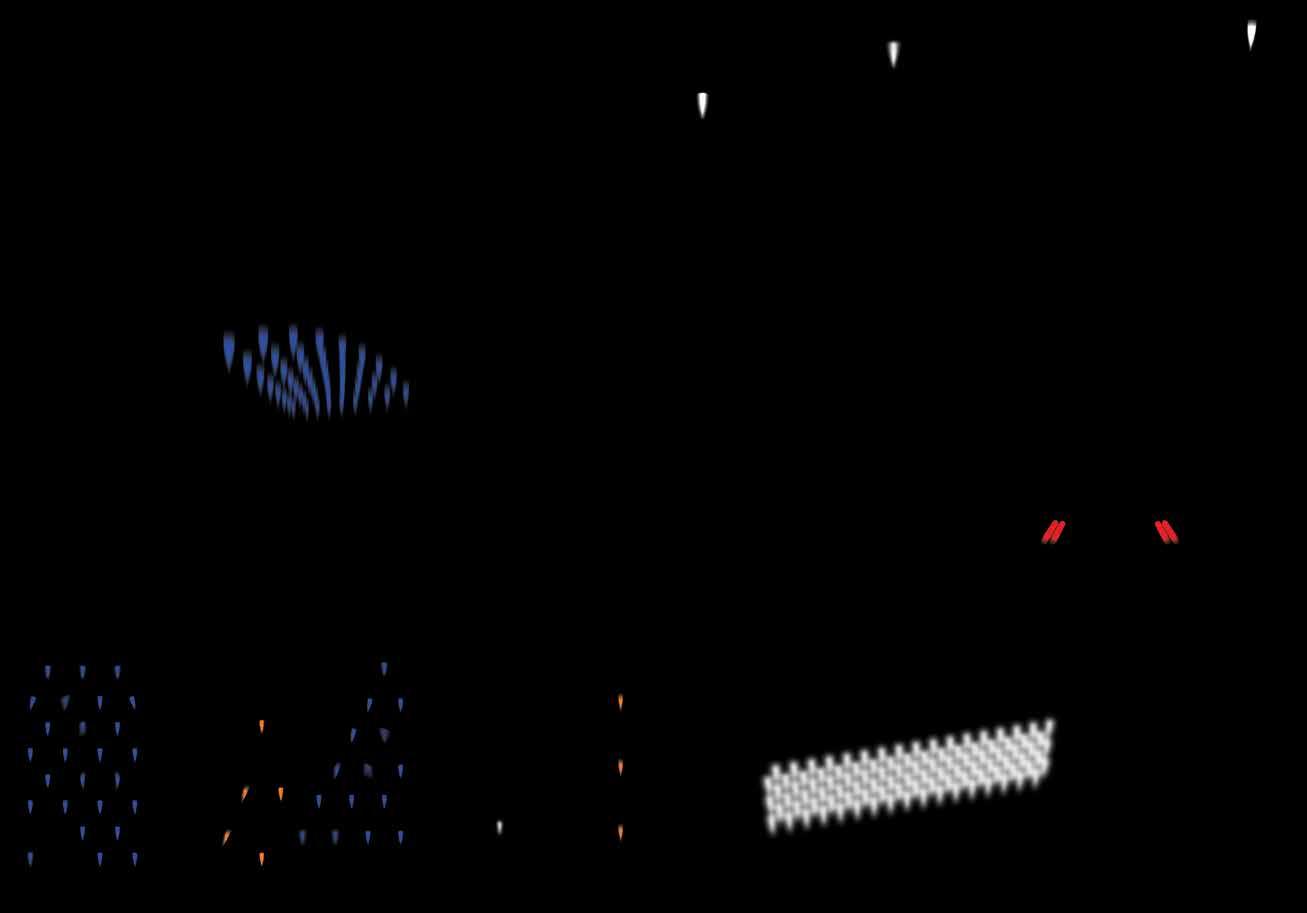
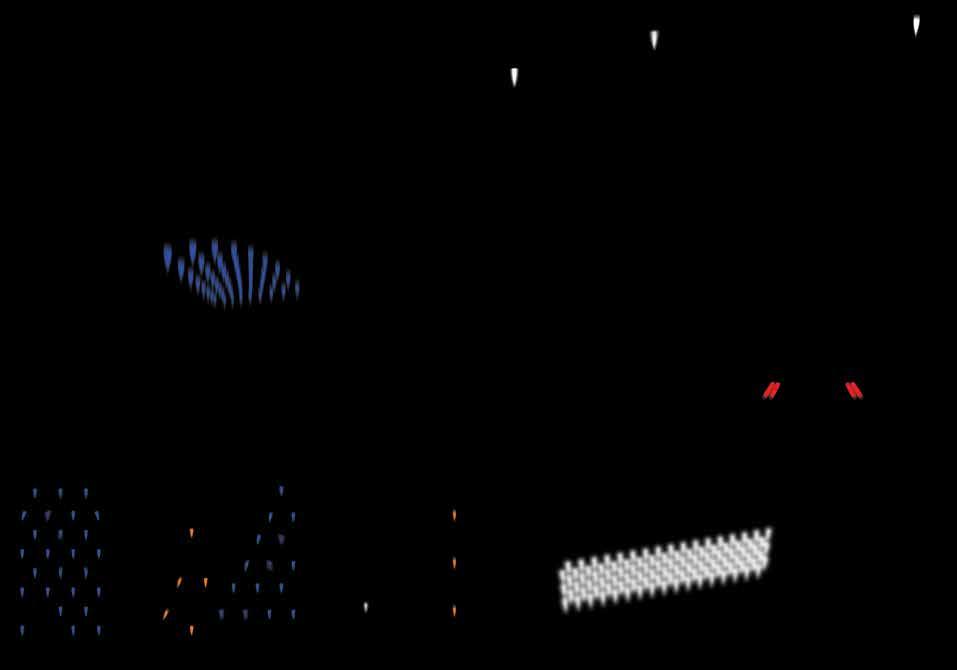
Democracy is typically framed in aspirational, celebratory, ideal, and collective terms.
However, democracy is a constant wait.
And waiting rooms are anonymous, equalizing, endless, boring, slow, and dreadful.
Waiting rooms are for strangers.
This tone might be a more accurate description of the democratic condition.
This waiting room is a space in limbo that is simultaneously insightful and frustrating, rational and illogical, energizing and tiring, a combination of emotions that is the basis of any democratic dialogue.
This waiting room is a ghost of other spaces (labyrinth, garden, immigration center, psychiatrist’s office).
But it is both a real and an ideal place.
It is a reserved enclosure with trickling access carved out from the city’s structures of power, order, and symbolism.
A boundary for civic discourse? Maybe.
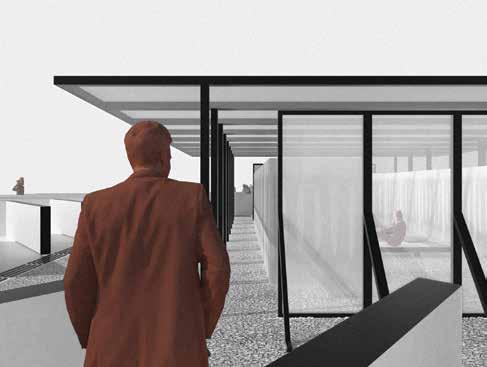
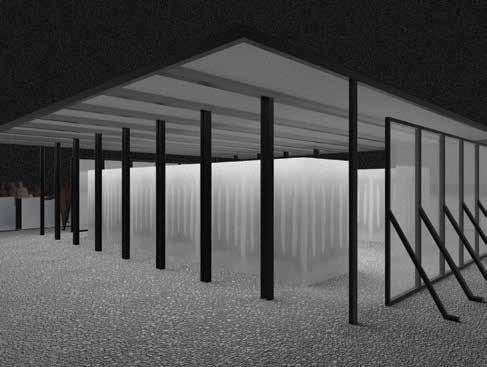

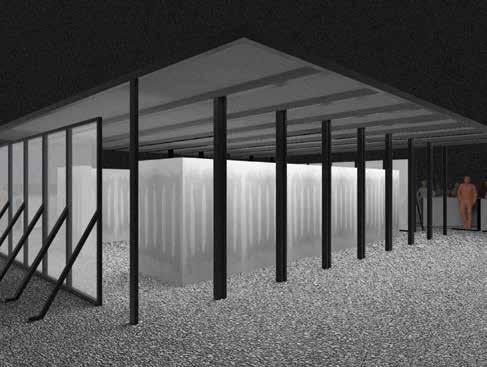
This new office type can be framed as a rewriting of Rem Koolhaas’ “Typical Plan,” a text on the American invention of the office building.
“The ambition of the Typical Plan is to create new territories for the smooth unfolding of new processes, in this case, ideal accommodation for business” and “its only function is to let its occupants exist. Business can invade any architecture.”44
The ambition and function of the typical office plan discussed by Koolhaas have been escalated because business is no longer just one possible human activity in the achievement society.
Instead, work is now the only compulsion of the achievement-subject.
This reframing of the typical office plan is showcased in the reconfiguration of two iconic buildings: the Flatiron and the Twin Towers.
44—Rem Koolhaas, “Typical Plan” in SMLXL, eds.
Office for Metropolitan Architecture, Rem Koolhaas, and Bruce Mau (New York: The Monacelli Press, 1995), 337.
In his text and accompanying plans that survey the most emblematic typical office plans of the
20th century, Koolhaas describes the modern office building through rapid-fire sets of architectural qualities.
Some of the qualities he describes can be maintained.
For example, similarly to Koolhaas’
Typical Plan, the Office of Diversity is both a system and a set of unique proposals.
Therefore, it is “no longer a place but a condition.”45
But other qualities must be redefined to reimagine the office type.
The new office type proposed here is no longer “an architecture of the rectangle”46 as the modern office building was, but it is now an architecture of the ramp.
While “Typical Plan provides the multiple platforms of 20thcentury democracy,”47 the office space here proposed provides a continuous helicoid for 21st-century auto-exploitation.
45—Ibid., 338. 46—Ibid.
47—Ibid., 337.
And so on.
161 William St., 1952
111 Broadway, 1905
489 Fifth Ave., 1972
120 West St., 1970
120 Wall St., 1930 225 w. 34th st., 1925
685 Third Ave., 1962 40 w. 57th st., 1972
ORO Editions
Gold is not consumed.
Due to its value, gold is constantly recycled.
For this reason, most gold mined in human history is still in circulation.
Different sources give different figures, but Thomson Reuters estimates the overall volume of gold currently in existence at 187,200 tonnes.50
It also calculates that half of this amount is used in industrial applications and financial holdings while the other half is used in jewelry.
50 GFMS Gold Survey 2017 (London: Thomson Reuters, 2017), 34
Initially, a banknote’s value was directly linked to the worth of a precious commodity, such as gold.
This practice was progressively canceled during the 20th century when all countries abandoned the gold standard.
Consequently, the value of money is no longer backed by a physical commodity.
The value of money is now dictated by supply and demand patterns.
But its ultimate worth is supported by the stability of the issuing government. It is a reputation index.
